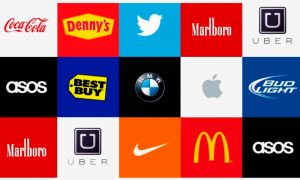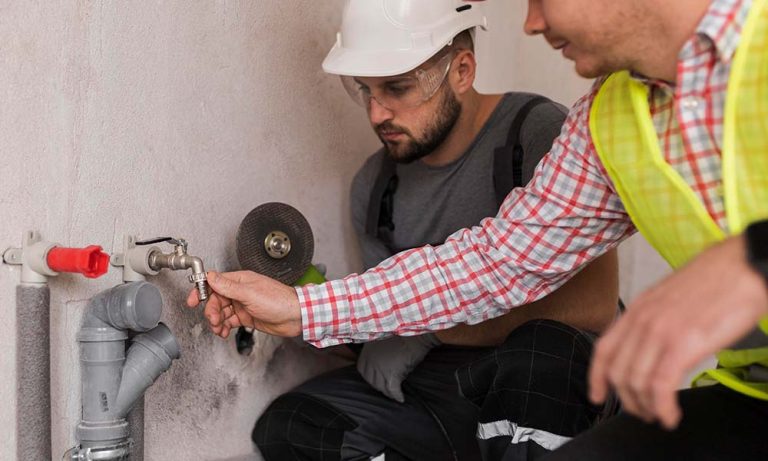Top 10 Advertising Tactics for Property Managers in 2026
If you’ve been trying to get the attention of modern renters, you already know the rules keep shifting. One month, it feels like everyone wants virtual tours. The next month it’s “show me the community vibe.” And if you’re a property manager trying to keep up with marketing trends while actually managing properties, well… good luck. It’s a lot.
But the truth is, advertising doesn’t have to feel like juggling flaming torches on a windy day. You can use tactics that actually work without turning into a full-time social media strategist. The key is understanding where people are looking, how they make rental decisions, and why they click the things they click.
Let’s walk through the top advertising strategies you’ll want to keep in your back pocket for 2026. Some of these may surprise you. Others might make you think, “Finally, something that makes sense.”
And yes, property managers really do have a leg up here, especially in how these strategies actually get implemented. You’ll see what I mean.
1. Hyperlocal Video Content That Feels Real
People no longer trust polished videos that look like they came from a tourism board. Renters want authenticity. They want to see the actual street noise, the coffee shop you can walk to, and the lighting inside the unit at 4 p.m. on a cloudy day.
Short videos work best. Keep them natural. Maybe even let a moment of imperfection in. A real laugh. A door squeaking open a bit too loudly. These human moments make the property feel lived in instead of staged.
And to be fair, property managers already know those small details matter. You see them every day.
2. Conversational Copy in Ads
People scroll quickly. They stop for something that sounds human, not something that sounds like a billboard wearing a tie.
Instead of “Modern luxury apartment for rent,” something like “If you’re tired of noisy neighbors and tiny kitchens…” will pull people in. It breaks the pattern. It hooks curiosity.
This style also aligns with how 2026 digital ads are ranking. Search engines increasingly reward language that mirrors real user intent.
3. First Touchpoint Personalization
Not the creepy kind where someone wonders why an ad knows their exact life story. Just thoughtful, simple personalization.
Dynamic ads that show different photos depending on what a renter searched for. Updated messaging during peak move-in seasons. Quick pivots when the local market slows down.
According to the award-winning property management company in LA, Earnest Homes, renters respond better when the first impression feels customized, even if it’s something as small as receiving a message relevant to the time of year or what they were browsing. And honestly, that checks out. You pay more attention when it feels like someone actually thought about your situation.
4. Location-First Landing Pages
Search engines still prioritize local relevance. But in 2026, the bar is higher.
Your landing pages need to mimic how renters talk and think.
Not “rental housing near Los Angeles.”
Try “two-bedroom apartments near Glendale that won’t vanish in a week.”
Natural language. Modern phrasing. And clear value.
Location-specific landing pages also tend to perform better in ad conversions, especially when they match the tone of the ad that led people there.
5. Community Storytelling Instead of Amenities Lists
People know what stainless steel appliances look like. They won’t be impressed by listing them for the tenth time.
What they want is a narrative.
Show the everyday rhythm of life in the community. Perhaps the quiet mornings in the courtyard. The nearby dog park is where everyone seems to know each other. Or the Saturday farmers market that gives the neighborhood character.
Innovative Realty has noted that renters flock toward properties where they can visualize the lifestyle instead of just memorizing the specs. And that lines up with broader marketing trends. People buy into emotion long before they compare features.
6. Using Data Without Sounding Like a Spreadsheet
Your ad audience wants facts. But they also want clarity.
Mentioning that rent prices in the area have stabilized or that commuting times improved due to a new transit line can help someone feel more confident clicking through.
Just don’t bury them in numbers. A simple “rents rose only 2 percent here last year, compared to 9 percent across the region” tells a story without overwhelming them.
7. Smart Retargeting… Done Gently
Retargeting is useful. Retargeting that follows people around like a lost puppy is not.
In 2026, smart retargeting focuses on timing and frequency. Gentle reminders instead of digital stalking.
A single follow-up ad that shows the unit’s best photo or highlights a small, unique perk is usually enough. People either come back on their own or move on. You don’t want to be the reason they install an ad blocker.
8. Community Engagement Ads
This isn’t about posting generic “Happy Holidays” graphics.
Think micro-content. Quick polls. Mini Q and A. or featuring a fun moment from maintenance staff or leasing events.
These small pieces build trust. They also give renters a reason to engage with you before they ever schedule a tour.
I think this will be even more important in 2026, because renters crave transparency. Real faces. Real interactions.
9. Local Business Collaborations
Partnering with local gyms, cafés, or cleaning services turns your advertising into one big network effect.
Renters already trust those businesses. Seeing you aligned with them makes your brand feel rooted in the community.
Plus, it creates more creative content opportunities. You can show move-in day tips, neighborhood spots, or simple perks like discounts for new residents.
10. The “Show Me the Proof” Approach
Reviews. Testimonials. Before and after photos of units. Clear communication around maintenance response times.
People want proof more than promises. Social channels are shifting toward sincerity and honesty. If someone says “this place felt safe and peaceful,” that will outperform any headline copy.
And yes, it helps when property managers embrace transparency from the beginning. Renters don’t need perfection. They need clarity.
Final Thoughts
Marketing rental properties in 2026 isn’t just about ads. It’s about understanding how people make decisions now. You don’t have to master every trend. Just pick the essentials and stay consistent.
Think clarity over flash. Real voices over scripts. Local storytelling over generic branding. Renters can tell when something feels real. And when it does, they stick around long enough to click the button that actually matters.














